What Kind of Math Learner Is Your Child?
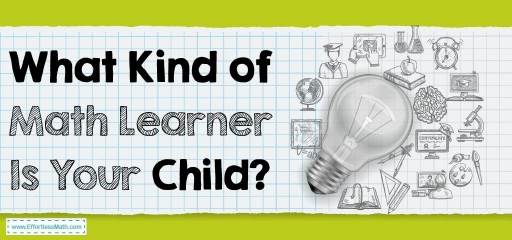
Not all kids are equal learners. Each individual will grasp a unique learning style that will allow them to understand complex concepts. Some math students might learn best from one style, while others might learn best from a combination of many.
Understanding the learning style is crucial to give a successful teaching lesson that ensures the student is paying attention. According to the type of math learner your child is, you can choose a tutor. Here is everything you need to know about various math learning styles.
1- Visual Math Learners
Kids that learn through visuals often think in images. When it comes to math lessons, they will respond better to instructions with pictures, graphs, diagrams, or much more. If you help your child with math and they are a visual learner, it is best to solidify a new math concept with pictures and writing.
The visual learning style is also known as the spatial learning style. You will notice your child is a visual learner if they doodle, take notes, make lists, etc. That is because they use the power of sight to memorize materials and learn new things.
Here are some ways to aid the math journey of a visual learning child:
- Use graph paper to create diagrams and charts that include key points
- Use mind maps, visual chains, etc
- Use videos and other interactive learning materials
2- Auditory Math Learners
Auditory learners are excellent listeners, which is why they will respond better to sound. Such children will listen to a lecture or also read the material aloud later to solidify new math concepts. These learners will also explain things brilliantly and speak up a lot in class.
If you want your auditory learner child to learn a new math concept, make them explain the concept to you. Besides that, you can also create mnemonic devices and rhymes to help them absorb information better. Here are some ways to aid the math journey of an auditory learning child:
- Review audio tapes with them
- Create rhymes to remember important formulas
- Write everything down and make them say it all aloud
3- Kinesthetic/Tactile
Finally, we have kinesthetic/tactile learners. These children learn through the use of their bodies, hands, and experience. For example, the child will learn a math concept better if they can act out a story problem or physically sort objects.
The more such learners use their hands or bodies, the better they will learn new math concepts. You can incorporate movement to make your child learn in the best way possible. Here are some ways to aid the math journey of a kinesthetic learning child:
- Make models that demonstrate key concepts
- Always use hands-on experience
- Create flashcards
Final Words
These are the top three types of math learners out there. Your child may fall under one category or a combination of two or all three categories. In such a case, be sure to incorporate various ways from each to aid their math journey and help them learn new concepts in no time.
Related to This Article
More math articles
- The Ultimate MTTC Mathematics (Elementary) (089) Course (+FREE Worksheets & Tests)
- How to Solve Multi-step Addition Word Problems
- DAT Quantitative Reasoning Math Worksheets: FREE & Printable
- 5th Grade STAAR Math Worksheets: FREE & Printable
- How to Graph Inverse of the Tangent Function?
- How to Find Angles as Fractions of a Circle
- How to Solve Conditional and Binomial Probabilities?
- 5th Grade PARCC Math Worksheets: FREE & Printable
- Top 10 Free Websites for ACT Math Preparation
- TExES Core Subjects Math Formulas
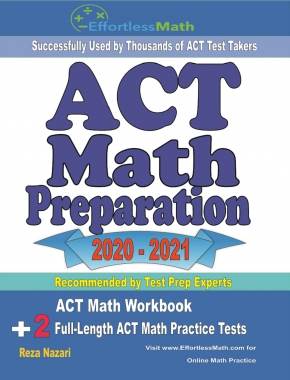
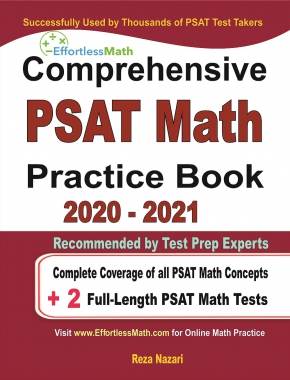
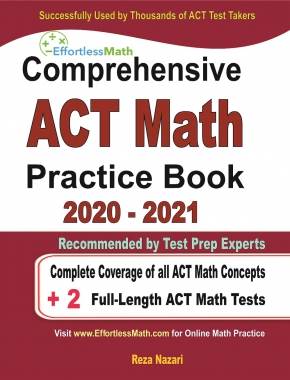
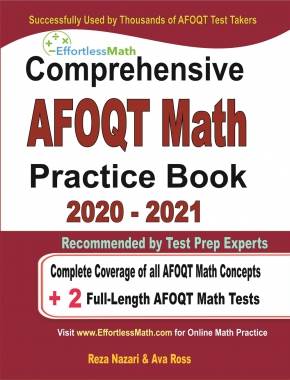
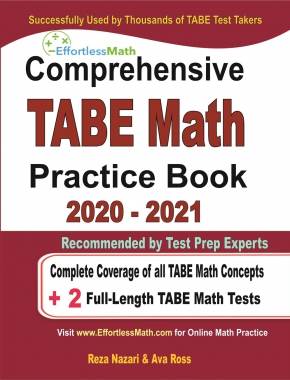
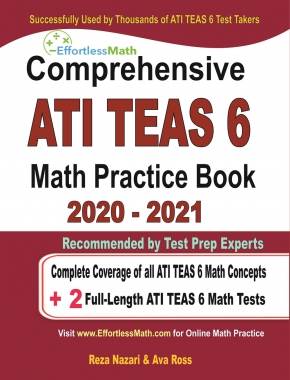
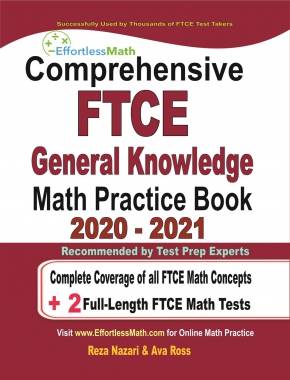
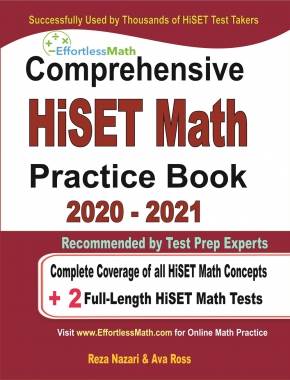
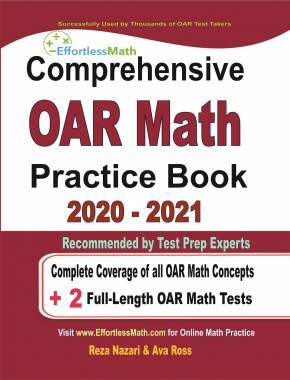
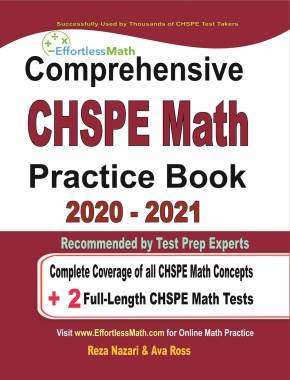
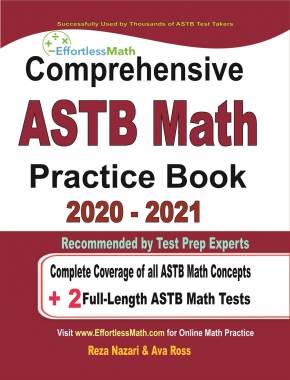
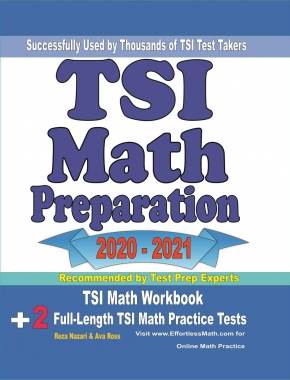
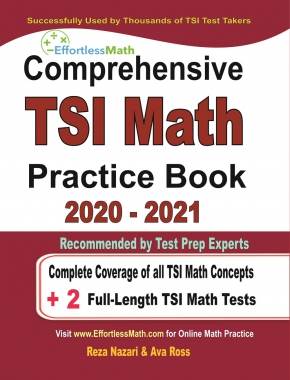
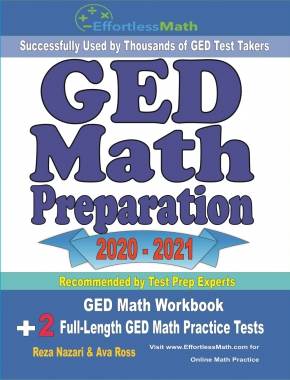
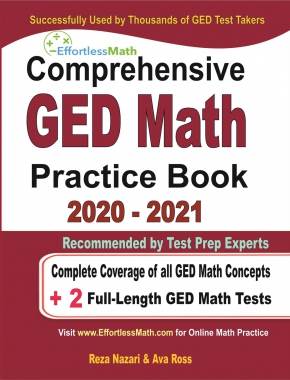

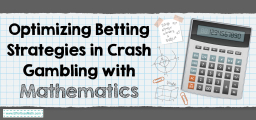
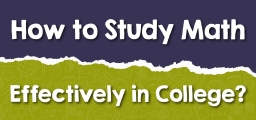
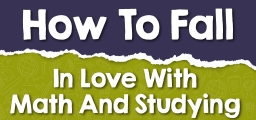
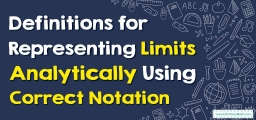
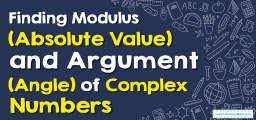
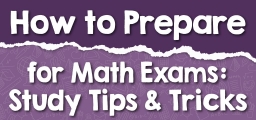
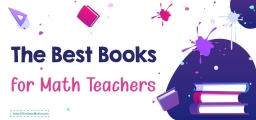



What people say about "What Kind of Math Learner Is Your Child? - Effortless Math: We Help Students Learn to LOVE Mathematics"?
No one replied yet.